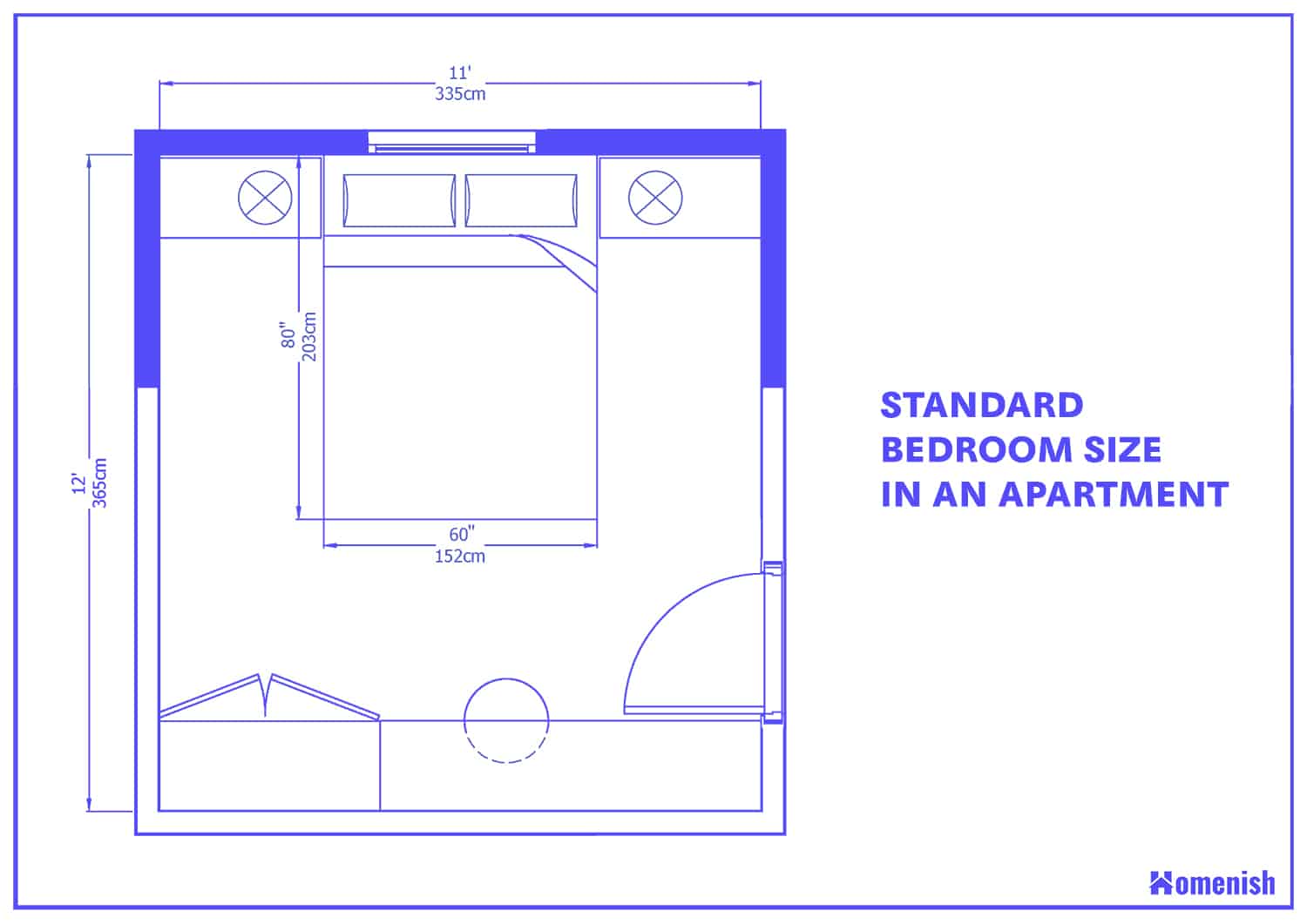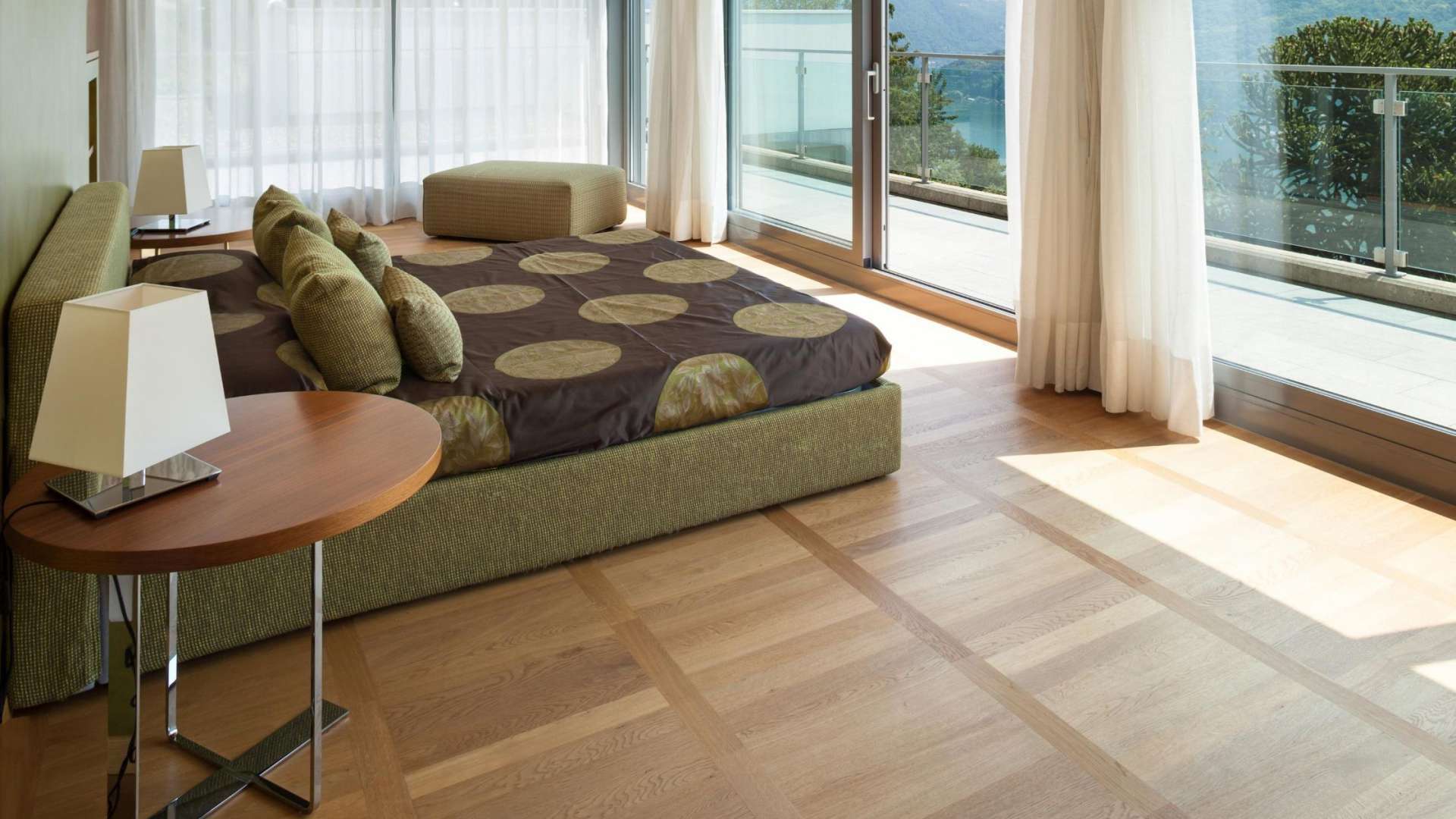Understanding Square Footage in 1-Bedroom Apartments: Square Footage Of 1 Bedroom Apartment
Square footage is a crucial factor when considering a 1-bedroom apartment. It directly influences the size, value, and functionality of the living space. Knowing the square footage helps potential renters or buyers make informed decisions about the apartment’s suitability for their needs.
Square Footage and Apartment Size
Square footage directly correlates to the size of an apartment. A larger square footage indicates a more spacious living area, offering more room for furniture, activities, and personal belongings. Conversely, a smaller square footage signifies a more compact space, which might feel cramped or limit the possibilities for furniture arrangement and personal preferences.
Impact of Square Footage on Layout and Functionality
Square footage plays a significant role in shaping the layout and functionality of a 1-bedroom apartment. A larger square footage allows for more flexibility in design, potentially accommodating a separate dining area, a home office, or a larger living room. In contrast, smaller apartments often have more compact layouts, where the living room, dining area, and kitchen might be combined into a single space. This can impact the functionality of the apartment, especially for individuals or families who need separate spaces for different activities.
Typical Square Footage Ranges for 1-Bedroom Apartments
The typical square footage range for 1-bedroom apartments varies significantly depending on the city, neighborhood, and building type. Here are some examples:
- New York City: 1-bedroom apartments in New York City often range from 400 to 800 square feet, with smaller apartments more common in older buildings or less desirable neighborhoods.
- San Francisco: Similar to New York City, 1-bedroom apartments in San Francisco typically range from 450 to 900 square feet, with higher square footage often associated with newer buildings or desirable neighborhoods.
- Chicago: In Chicago, 1-bedroom apartments generally range from 500 to 1,000 square feet, with larger apartments more common in newer buildings or suburban areas.
- Los Angeles: 1-bedroom apartments in Los Angeles typically range from 550 to 1,100 square feet, with larger apartments often found in newer buildings or more affluent neighborhoods.
It’s essential to remember that these are just general ranges, and the actual square footage of a 1-bedroom apartment can vary significantly within each city or neighborhood. Factors like building age, amenities, and location all contribute to the overall square footage.
Factors Influencing Square Footage
Several factors influence the square footage of a 1-bedroom apartment, including:
- Building Age: Older buildings often have smaller apartments due to different construction standards and design principles. Newer buildings often have larger apartments, reflecting modern design trends and increased living space preferences.
- Location: Apartments in desirable neighborhoods or close to amenities tend to have larger square footage due to higher demand and property values. Apartments in less desirable neighborhoods or further from amenities might have smaller square footage due to lower demand and property values.
- Amenities: Apartments with more amenities, such as a balcony, a terrace, or a private outdoor space, often have larger square footage to accommodate these features.
Factors Influencing Square Footage

The square footage of a 1-bedroom apartment can vary significantly depending on various factors. Understanding these factors can help potential renters or buyers make informed decisions when searching for an apartment that meets their needs and budget.
Building Age
The age of a building can significantly impact the square footage of its apartments. Older buildings, especially those built before the mid-20th century, often have smaller apartments due to different construction standards and design preferences.
For instance, older buildings may have smaller kitchens and bathrooms, less closet space, and smaller living areas. In contrast, newer buildings tend to have larger apartments, with more open floor plans and modern amenities that require more space.
Architectural Style
Different architectural styles can influence the square footage of 1-bedroom apartments. For example, apartments in buildings with traditional architectural styles, such as Victorian or Georgian, may have smaller rooms and more intricate layouts compared to modern buildings with contemporary or minimalist designs.
Amenities
The availability of amenities in a building can also affect the square footage of apartments. Buildings with amenities like swimming pools, fitness centers, laundry rooms, and community spaces often require more space, which may result in slightly smaller individual apartments to accommodate these shared facilities.
Building Type
The type of building can also influence the square footage of apartments.
- High-rise buildings often have smaller apartments due to space constraints and the need to maximize the number of units per floor.
- Mid-rise buildings tend to have larger apartments than high-rises but may still be smaller than garden-style apartments.
- Garden-style apartments, typically located in low-rise buildings with more open space, often have the largest square footage due to fewer space limitations.
Room Configurations
The configuration of rooms within a 1-bedroom apartment can also affect the overall square footage.
- Open floor plans, where the living, dining, and kitchen areas are combined, can maximize the use of space and make the apartment feel larger.
- Apartments with separate rooms, such as a formal dining room or a den, may have more square footage but may feel smaller due to the division of space.
Maximizing Space in a 1-Bedroom Apartment

Living in a 1-bedroom apartment presents unique challenges when it comes to maximizing space. With limited square footage, careful planning and creative solutions are essential to create a comfortable and functional living environment. This section explores strategies for maximizing space in a 1-bedroom apartment, covering design considerations, storage optimization, and techniques for enhancing the perception of spaciousness.
Designing a Floor Plan for Space Optimization
A well-designed floor plan is crucial for maximizing space in a 1-bedroom apartment. This involves strategically positioning furniture and appliances to create a sense of flow and functionality.
- Open Floor Plan: Consider an open floor plan that combines the living room, dining area, and kitchen into a single space. This eliminates unnecessary walls and creates a sense of openness.
- Multi-Functional Furniture: Utilize multi-functional furniture pieces, such as a sofa bed, a coffee table with storage, or a dining table that can be folded away when not in use.
- Vertical Space: Maximize vertical space by incorporating tall shelves, bookshelves, and cabinets. This allows you to store items off the floor, creating a more spacious feel.
- Built-in Storage: Consider built-in storage solutions, such as closets, shelves, and drawers, to maximize storage capacity and minimize clutter.
Optimizing Storage Solutions
Effective storage solutions are essential for keeping a small apartment organized and clutter-free.
- Under-Bed Storage: Utilize under-bed storage containers or drawers to store seasonal items, bedding, or other belongings.
- Wall-Mounted Storage: Install wall-mounted shelves, hooks, and organizers to create additional storage space without taking up valuable floor space.
- Over-the-Door Organizers: Use over-the-door organizers to store shoes, accessories, or cleaning supplies.
- Vertical Storage Solutions: Utilize vertical storage solutions, such as stacking bins, baskets, and shelves, to maximize storage capacity.
- Declutter Regularly: Regularly declutter your belongings to minimize the amount of items you need to store. Donate or sell items you no longer need or use.
Creating a Sense of Spaciousness and Flow, Square footage of 1 bedroom apartment
Visual cues can play a significant role in creating a sense of spaciousness and flow in a small apartment.
- Light Colors: Use light colors on walls and furniture to reflect light and make the space feel larger.
- Mirrors: Place mirrors strategically to reflect light and create the illusion of more space.
- Minimalist Decor: Keep the decor minimal and avoid overcrowding the space with too many items.
- Open Floor Plan: An open floor plan creates a sense of continuity and flow throughout the space.
- Good Lighting: Adequate lighting is essential for creating a spacious and inviting atmosphere. Consider using a combination of natural and artificial light sources.
